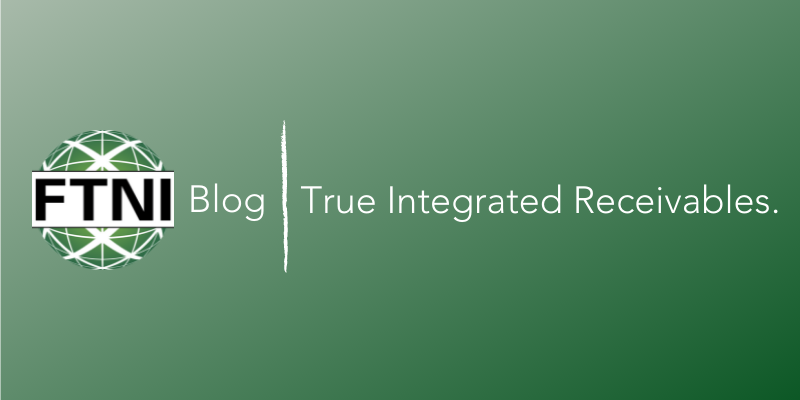Contact Sales (402) 933-4864
Contact Sales (402) 933-4864
Written by: Lyle Knox
Originally published on 2/10/2014.
Updated on 2/16/2022.
ACH (Automated Clearing House) is a nationwide electronic funds transfer (EFT) network that processes large volumes of transactions involving credit or debit. The ACH is a private system that facilitates the secure transfer of electronic payments by connecting to financial institutions throughout the United States.
The Receiver is the first step in the process of a transaction involving the ACH. Receivers must first grant authorization to the Originators who issued the ACH credit or debit request. The Originator’s account is then identified by the financial institution’s routing number and their account number. When the Originator has received the authorization, they will create a new ACH entry, which is then sent to the correct originating institution. This can be done as long as the financial institution performs ACH origination. The entry is distributed to an operator at ACH who continues the process by disseminating it to a receiving institution. At this stage, the Receiver’s account will receive a credit or a debit depending on the nature of the transaction.
Some Usages Would Be:
The Receiver sends the Originator a set of codes which serve as valid authorization. NACHA (National Automated Clearing House Association) and the Federal Reserve are the two organizations that monitor the ACH’s actions and establish protocols for their internal processes.
Some of the top benefits to using ACH are:
ACH is e-commerce. Customers can make payments 24/7 from almost any payment processing platform through their personal computer, mobile device, credit card, and tablet. Customers are tech savvy and want the capability to make payments easily. Many prefer the ‘paperless’ transaction, because it cuts down on energy usage and it is environmentally friendly.

Building an enterprise-level organization involves complex processes that revolve around one of the...
Read More
Many enterprises now offer recurring ACH as an option when agreeing to payment terms – especially...
Read More
The decision to accept credit and debit transactions is a big one – and enlisting the help of a...
Read MoreFinancial Transmission Network, Inc.
13220 Birch Drive, Suite 120
Omaha, NE 68164
Sales: +1 (402) 933-4864